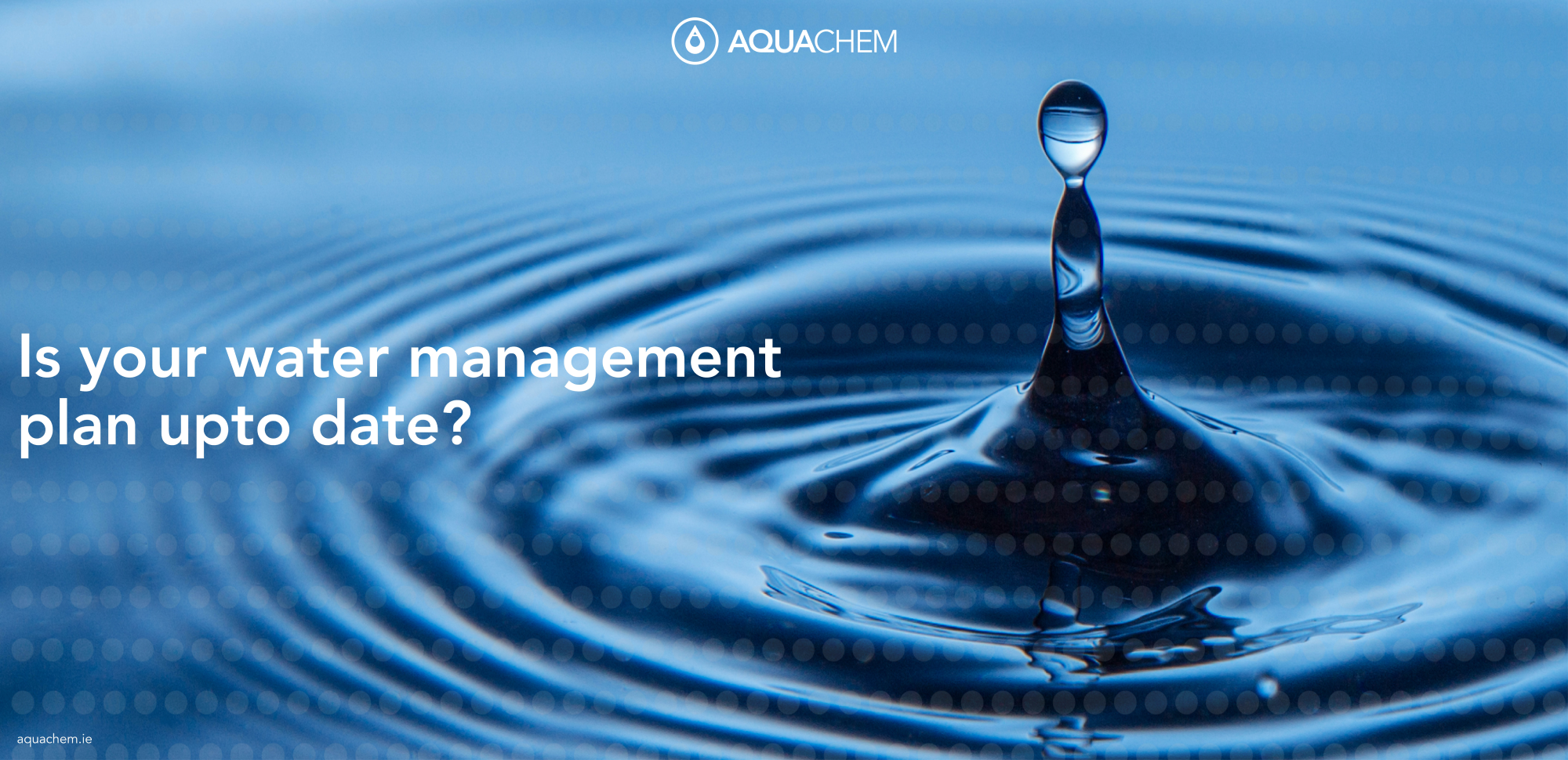Having an efficient and effective water management plan is vital to ensure the health and function of your facility. From heating and cooling systems to everyday smaller operations, making sure that your process water is safe, useable, and sustainable is vital to the longevity of your business.
Every business should already have a water treatment plan in place; however it is important that you constantly look for ways to improve it.
When implemented correctly, water management plans have many benefits including:

Increased system performance
Higher water efficiencies
Easier regulatory compliance
Safer facilities
Better company image
How to ensure your plan is still working for you?
Water treatment plans are tailored to suit individual buildings’ needs. Chemicals and filtrations systems are often added to ensure the water is safe and useable but there is always a strategy in place depending on the operation of the equipment.
These plans are put in place to identify and hazards in the facility but it is also there to minimise the growth of harmful bacteria such as Legionella.
STEP 1. SURVEY THE SITE
Have you noticed any discolouration of the water? Has any of the equipment been failing? Is your equipment not running as efficiently as it has done it the past? Are your energy bills increasing for apparently no reason?
These are all symptoms that there is something not right in your water system. Water samples should be carried out to check the water and the rest of the site should be surveyed to check if there are any leaks or any other discrepancies showing in your system.
Improve your water management plan by focusing on all aspects of your water: chemical treatment, usage, problematic areas within the system such as dead legs, water sourcing and more.
All of these problems and more can not only cost you money upfront in lost water that you need to pay to replenish, but also in repair costs and higher expenses as a result of a less-than-efficient water system.
STEP 2. MONITOR AND COMPARE
If you are not already doing so, monitor your water.
Keep records of the output quality, monitor and report on water use and efficiencies, as well as regularly conduct legionellae screening and test for microbial deposits.
Compare these results to what your current water treatment plan in place. If it providing you with the results you were promised? If you equipment operating without issues?
If you don’t believe your water is the correct standard you paid for it could be time to upgrade.
Conclusion
From keeping bacteria at bay to dictating your utility bills, your water system is the lifeblood of your building’s inner workings.
Water management plans will show your current water usage and any areas that you can improve upon. Water efficiencies, conservation improvements, and water-reduction goals are all part of a good water management plan.
Make sure your water treatment plan is up to date and saving you money. Contact us today to see how we can help you.








